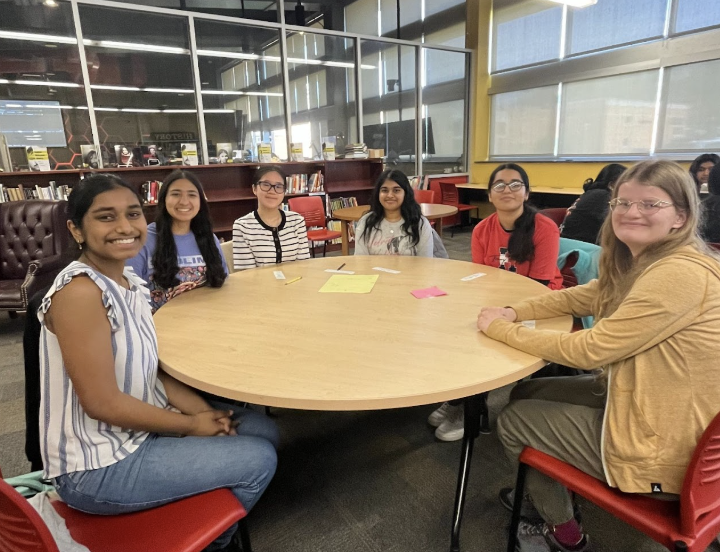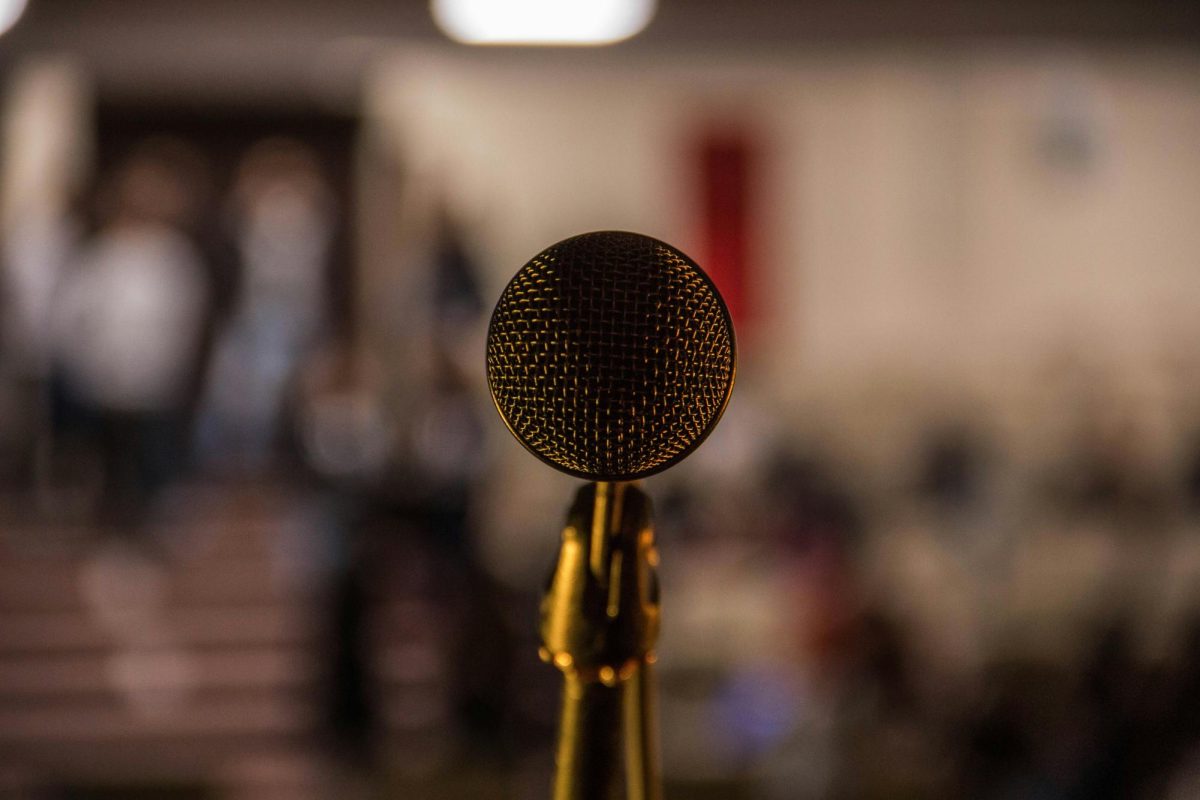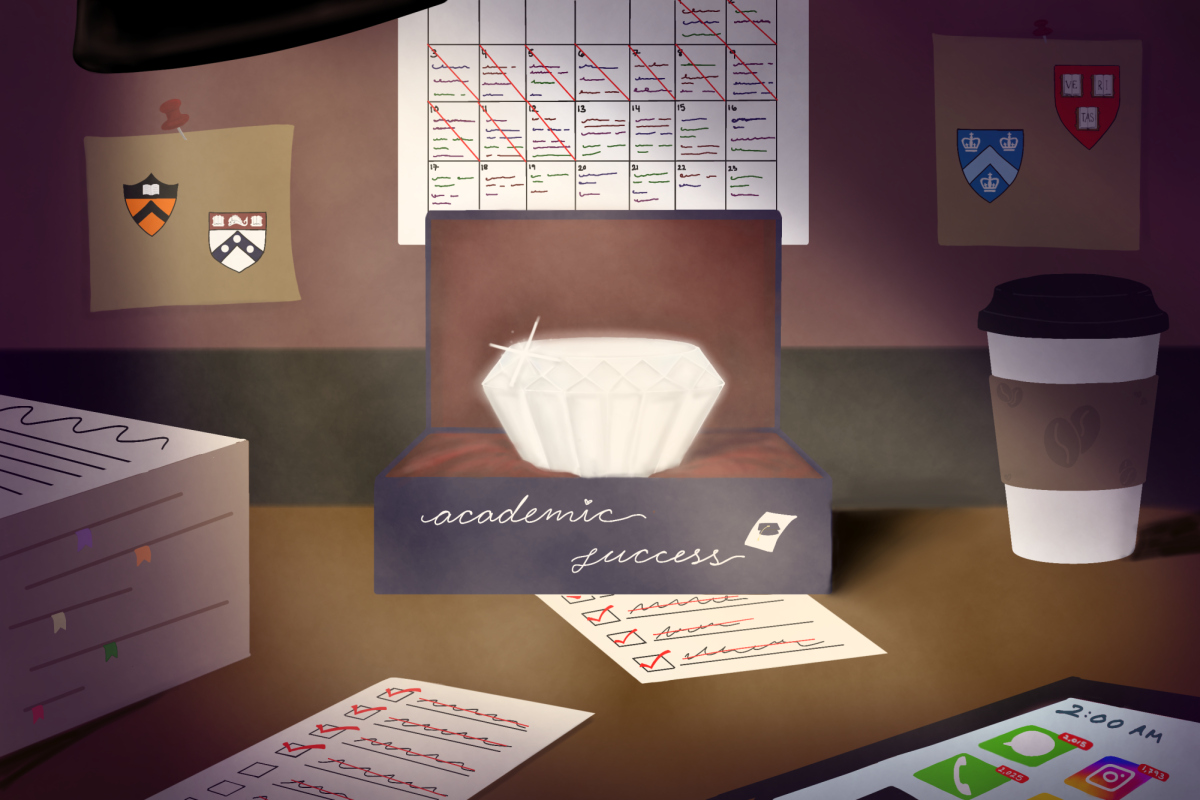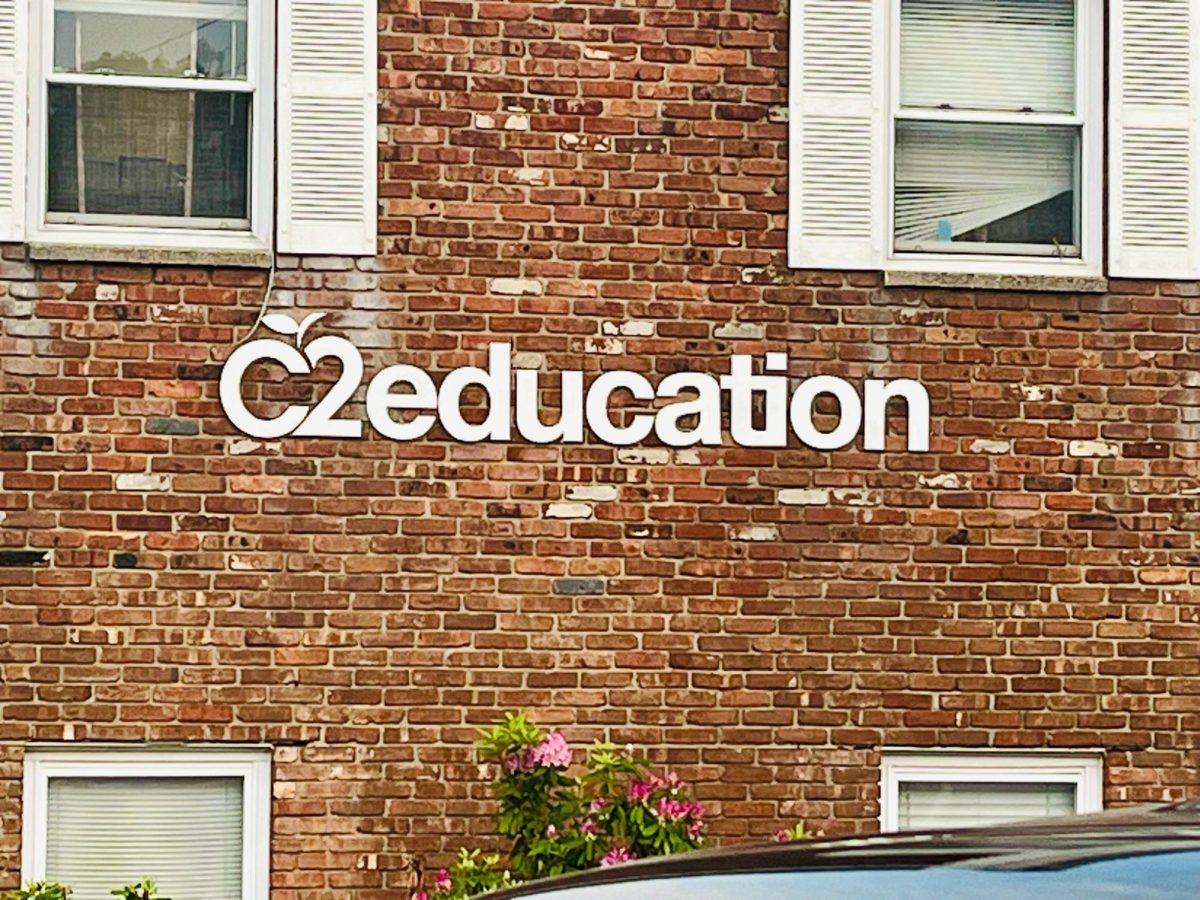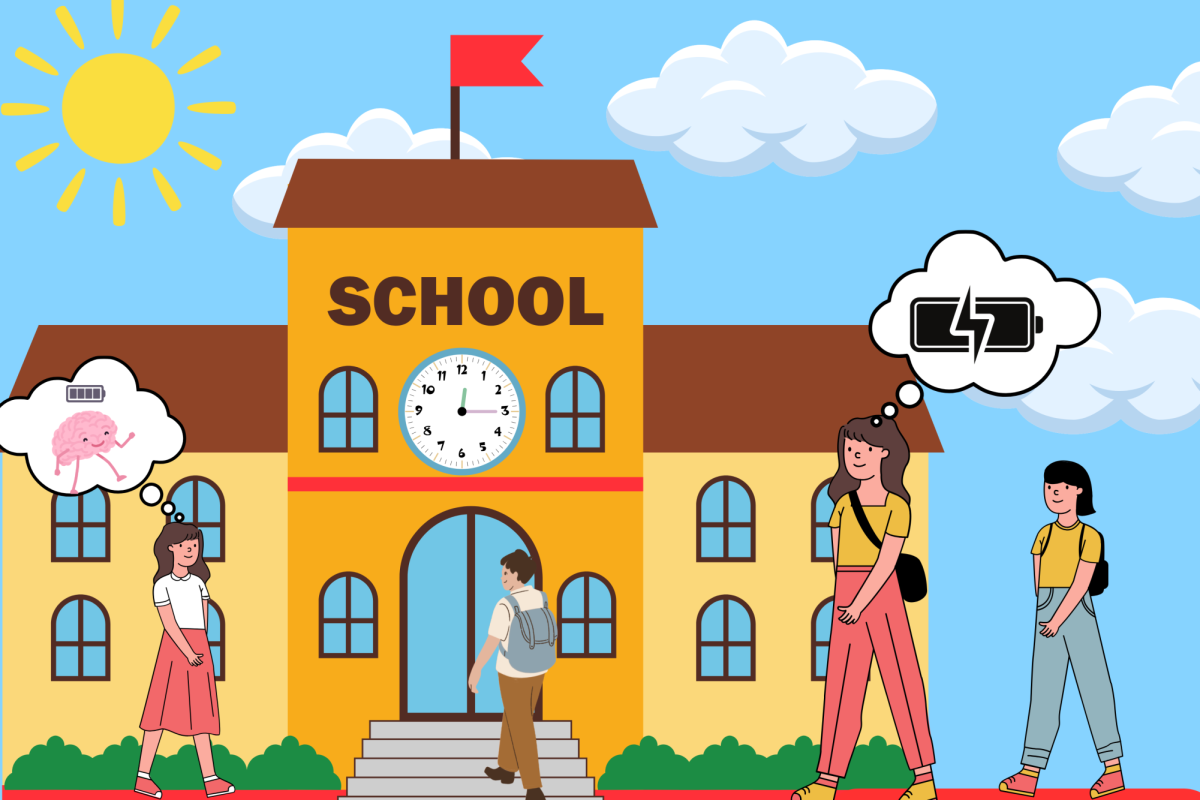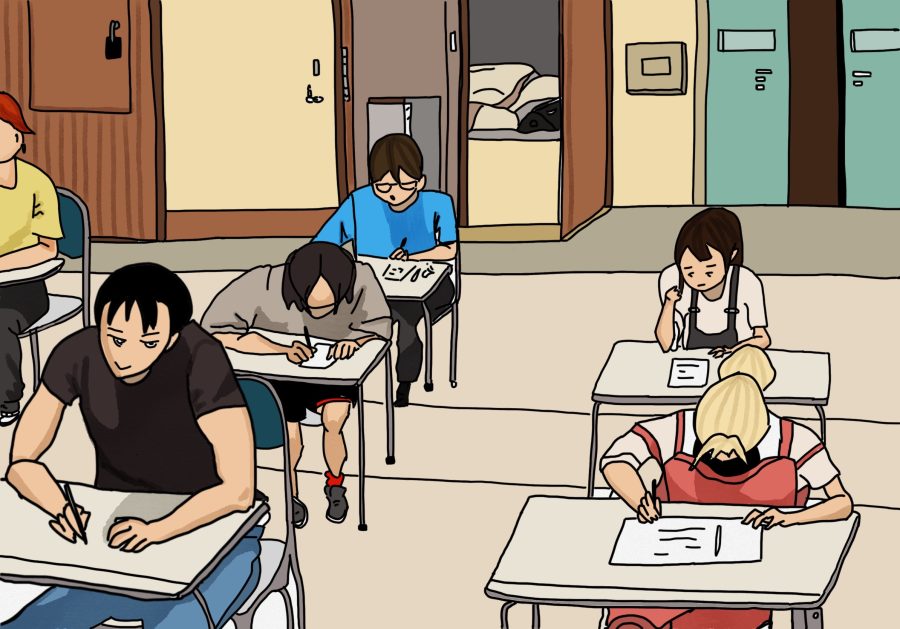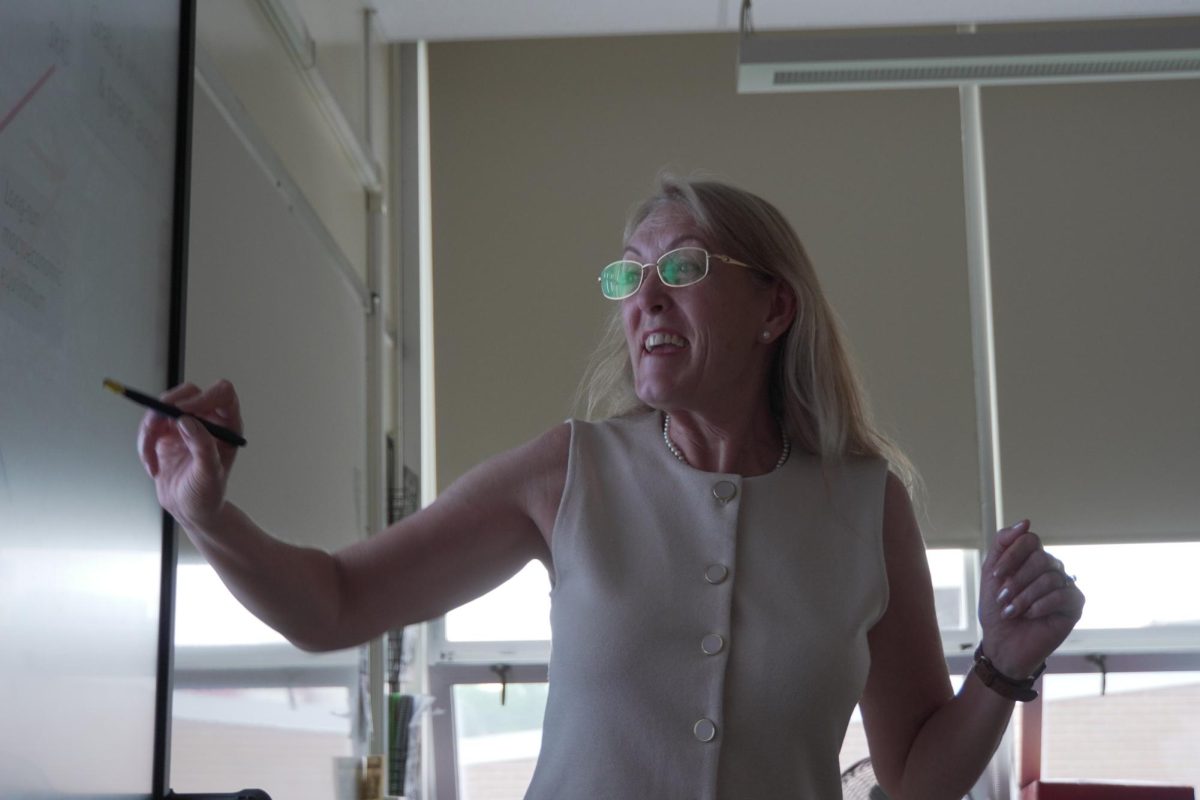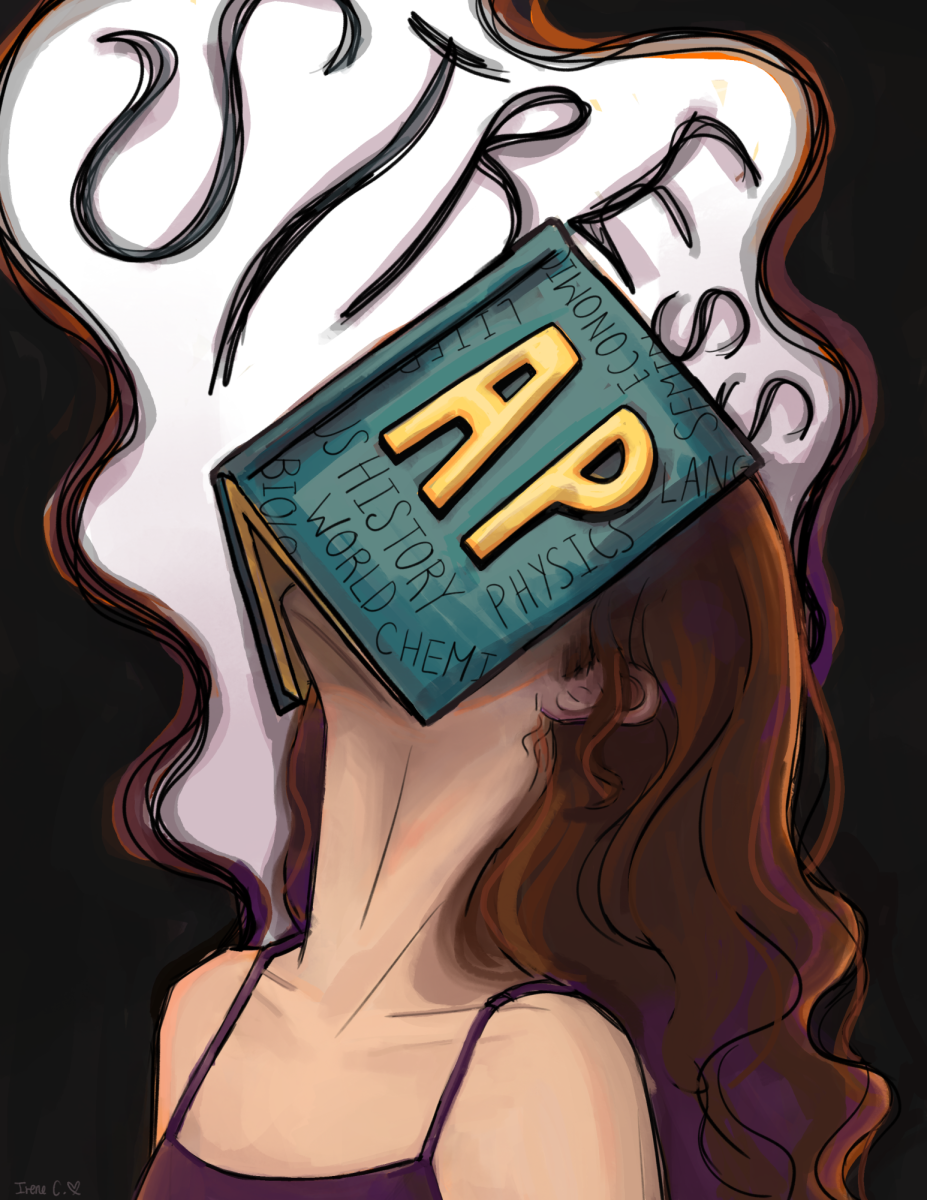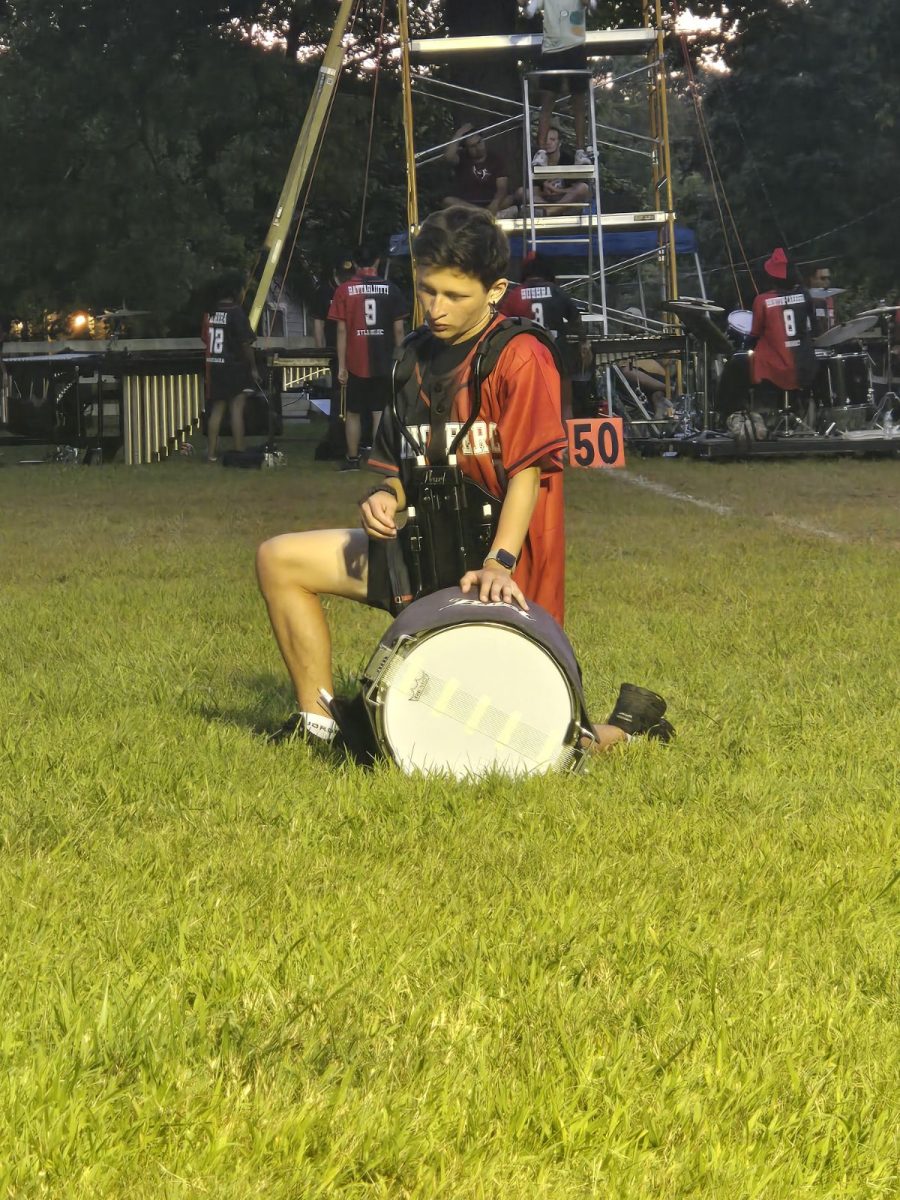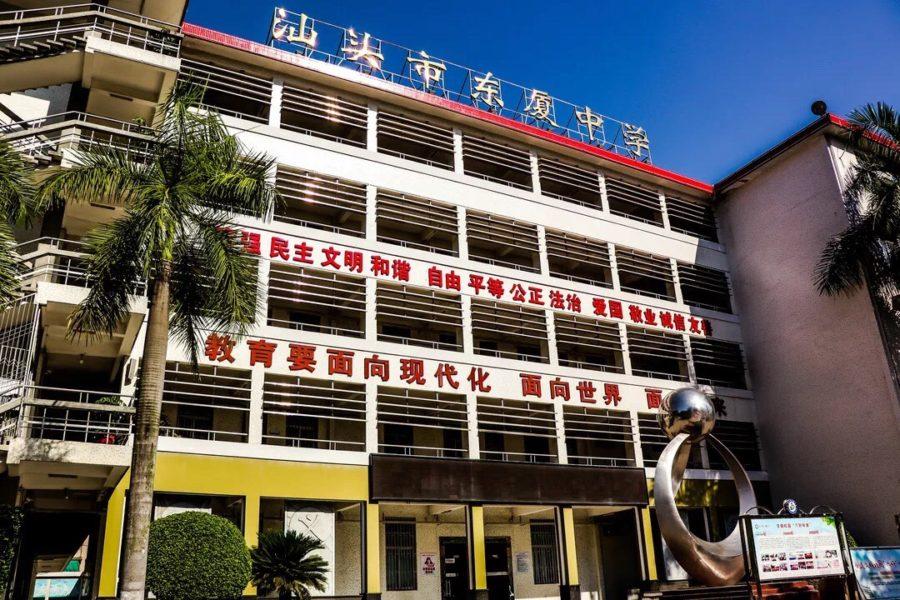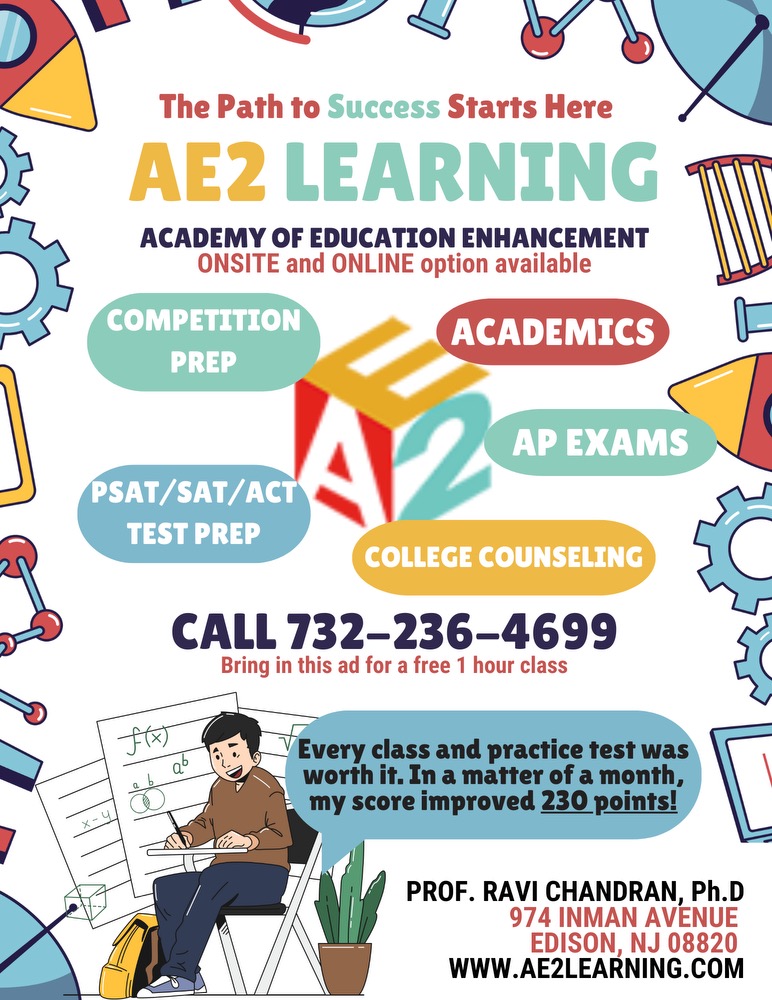Starting a New School: From China to EHS
November 23, 2019
As a transfer student from China, there are a lot of new experiences waiting for me at Edison High. The first impression I had when I had my first “American high school experience” is that the whole education system here is completely different from China.
The Classroom
In China, students usually stay in the same classroom instead of changing classrooms for each of the courses as they do in America. In most cases, there will be about forty to fifty students in a class, but sometimes the number will even go up to sixty. Even with such a large group of people, Chinese students do not have rooms as large as American students have. So, it is difficult to focus on studies with so many people in such a crowded room–especially in the summer.
The Teachers
Due to a larger average number of students in each of their classes, Chinese teachers cannot take good care of all of their students like American teachers do. In order to maintain a decent teaching pace, Chinese teachers have to pay more attention to the whole class instead of individual students. Therefore, the “one-on-one” situation between teacher and student does not happen often in Chinese classes. But in America, teachers spend more time answering their students’ questions.
The Exams
The stereotypical image of Chinese students in most people’s eyes is one of diligence. Indeed, we are. For most Chinese students, twelve years of study is preparation for the most important exam which is named “GaoKao”: the vital exam that will only happen once in our lives. Maybe it is a little bombastic to call it vital, but for most of us, this test determines the future we will have. The American version of “GaoKao” is called the SAT, which can be taken three times in the high school life. If people think GaoKao and SAT are the same, they may think Chinese students are better at exams. However, the truth is that Gaokao is the one and only opportunity to get into college and can only be taken once. In America, even if you fail the SAT, you can still go to community college. Plus, you can retake the SAT, but retaking Gaokao is rare: if you fail the Gaokao, your opportunity to go to college is basically over.
The Aim of Study
Under these circumstances, Chinese schools prefer to cultivate students as excellent exam-takers. As class options are more limited, with only two or three PE classes per week, and too many indoor activities, these conditions all lead students to a result: a sedentary lifestyle and suboptimal health. However, class options are multiple in America. For example, EHS offers classes such as painting, ceramics, photography, dance and so on. Because going to college is not the only option of students, training innovation plays a more important role in school education. Students are required to respond to questions and express their own thoughts on specific topics. In China, students are restricted to memorizing rather than creating the answers. It is normal for Chinese students to spend most of their time learning in order to get into the better universities. They cannot develop themselves in the ways they want, not because they do not have the potential or abilities, but because they do not have time to. This situation will not end until they graduate and transfer to work.
Fundamentally, the main purpose of both Chinese and American education is to let high school teenagers learn and to embrace their bright future. Consequently, it is hard to say which education system is better because the difference between them is essentially the difference in cultural background and national conditions.




